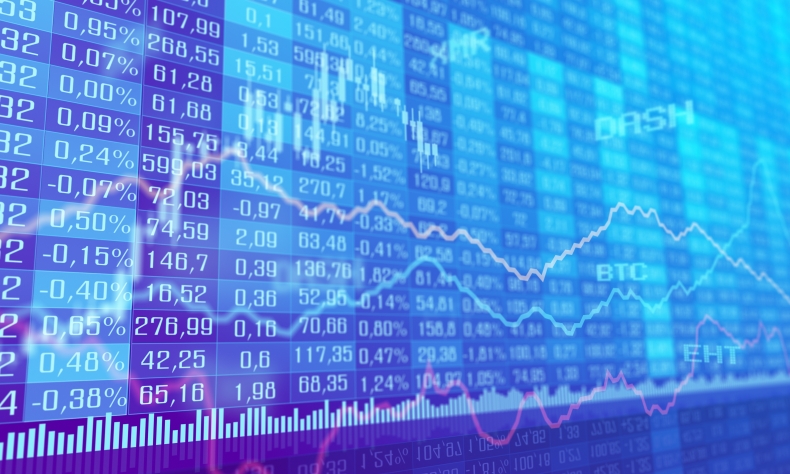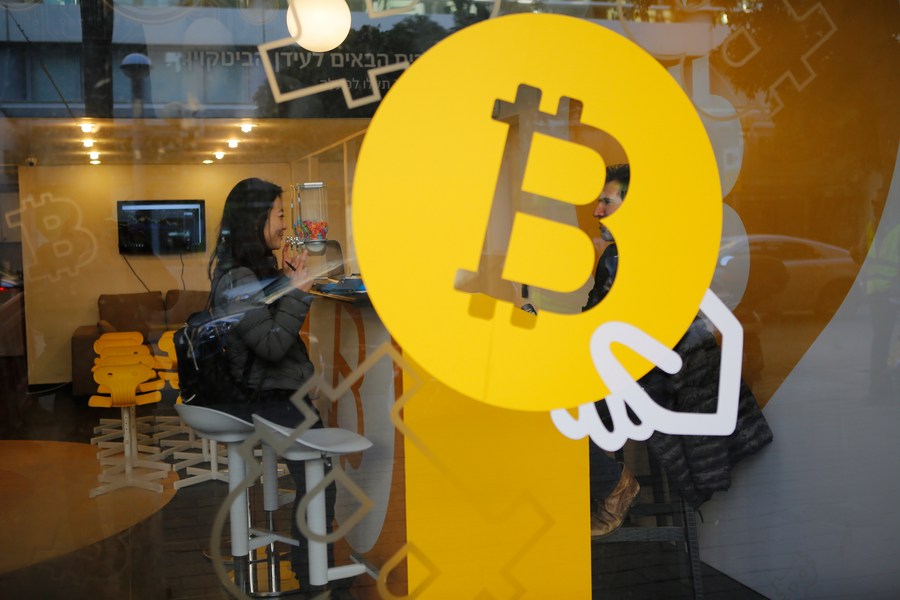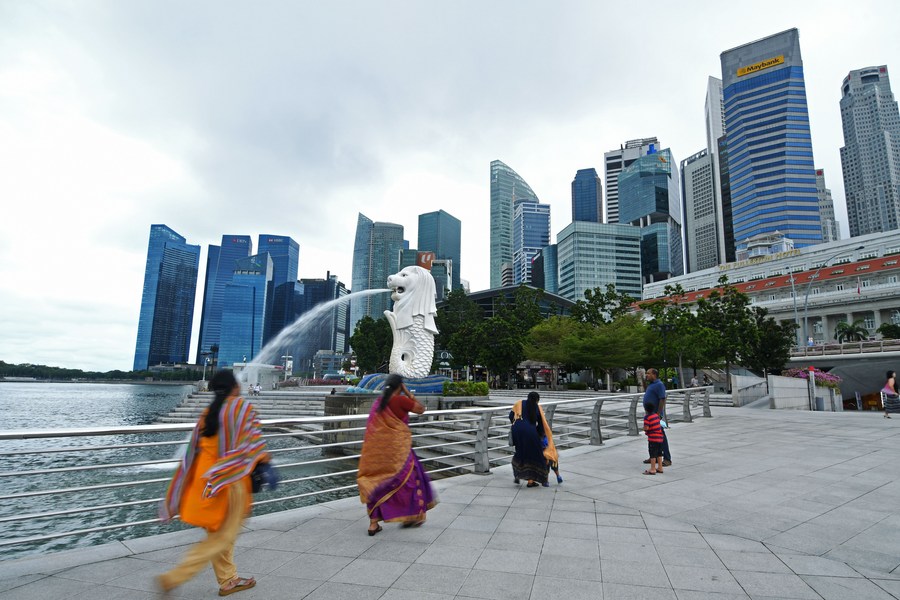Pragmatic Crypto in Singapore

With an open but sober mind, Singapore, an avowed practitioner of pragmatism, is stubbornly continuing efforts to strike the right balance between innovation-friendliness and risk-watchfulness.
The crypto-leading city-state of Singapore remains firmly positioned as a digital asset hub even after the distressing fallout in the cryptocurrency world over the past few months.
But global media has been increasingly noticing the regulatory tightening in the Asian crypto epicenter as a pragmatic approach to building a tokenized republic.
Toughening rhetoric may have smashed some Singaporean crypto dreams, but the city’s retailers have been overwhelmingly grateful.
Broadening crypto purview
In a fresh sign of growing public wariness with crypto, Ravi Menon, managing director of the Monetary Authority of Singapore (MAS), the central bank, signaled a move to broaden Singapore’s crypto purview while releasing the MAS annual report on July 19.
“The focus of crypto regulation to-date in Singapore, as well as in most major jurisdictions, has been on containing money laundering and terrorist financing risks,” according to a transcript of his remarks published on the MAS website.
Still absent in most regulatory regimes, according to Menon, are “consumer protection, market conduct, and reserve backing for stablecoins,” among other areas.
Regulatory strengthening is underway in these areas. MAS will be seeking “to consult on proposed measures in the next few months.”
The tightening was no surprise in the wake of a crypto tsunami that resulted in snowballing market evaporation. Many cryptocurrency outfits have been pushed to the brink of bankruptcy.
As of July 19, market capitalization of Bitcoin totaled US$446.69 billion, roughly one-third of its market cap logged in November when Bitcoin scaled to an all-time high of slightly short of US$69,000, according to CoinMarketCap, a price-tracking website for crypto assets.
The plunge shed nearly 70 percent of the value of the best-known cryptocurrency, mirroring industry-wide decimation.
The gruesome tumble since November has been mostly in lockstep with a downtrend in the tech-heavy NASDAQ exchange amid U.S.-led monetary tightening. NASDAQ closed at 11,713.15 points on July 19, down more than 27 percent from its all-time high of 16,212.23 on November 22.
The stinging inflation prompted drastic tightening at the Federal Reserve, which began tapering the monthly pace of its asset purchases in November.
In addition to a faster pace of tapering, the U.S. central bank has announced three rate hikes so far this year. Most recently, the Fed opted to lift the federal funds rate by 75 basis points (bps) in June, the sharpest hike since 1994. Two previous hikes were a 50 bps decision in May and a 25 bps increase in March.

Some have theorized that Bitcoin, with a hard cap of 21 million coins, should be able to function as a hedge against inflation. But all the data so far paints cryptocurrency as a highly risky asset that’s easily vulnerable to inflation.
The crypto meltdown became even more alarming for global financial watchdogs fearing wider market collapse in May, when the TerraUSD stablecoin failed to maintain its intended peg to the U.S. dollar.
Terra’s collapse brought many eyes to Singapore, where Terraform Labs and its affiliate Luna Foundation Guard, the entities behind TerraUSD, are incorporated.
The algorithmic stablecoin was theoretically pegged one-to-one against the dollar, but the stablecoin built on the Terra blockchain collapsed and has remained de-pegged from the dollar since May 9.
The failure of TerraUSD and its paired token Luna resulted in hefty losses for Three Arrows Capital, a fund manager firm registered in Singapore that has major holdings in the crypto space spanning Bitcoin and Luna. Three Arrows has filed for cessation in Singapore, pending regulatory submission, according to a notice on the MAS website.
Embattled crypto lender Vauld, reportedly in merger talks after halting withdrawals, trading, and deposits in early July, is also based in Singapore.
In a matter of months, the same factors that launched Singapore to the forefront of the crypto world now appear to be pinning the country on its back feet.
But the crypto avant-garde, famed for its licensing and regulatory framework, was by no means caught off guard by the grisly selloff.
During his remarks on July 19, Menon drew a line of demarcation between crypto firms widely known as Singapore-based and those licensed or regulated by MAS.
TerraForm Labs and Luna Foundation Guard have nothing to do with the city-state’s crypto-related regulation. They haven’t applied for any licensing or filed for exemptions from holding any license.
Three Arrows had been up and running under the registered fund management mechanism but had ceased to manage funds in the country before the problems leading to its insolvency.
The fund management firm was not regulated under the Payment Services Act, legislation passed in January 2019 to bring crypto dealing and exchange services under MAS purview. The Act, which came into effect in January 2020, was designed to enable crypto businesses from anywhere in the world to apply for a license to be listed on MAS’ regulatory roster.
Vauld did submit a license application which remains under review.
Out of almost 200 firms seeking licensing in Singapore, only 14 have purportedly been approved for such licenses.
The harsh vetting process has smashed the dreams of some crypto celebrities who had placed big bets on Singapore.
A representative figure was Zhao Changpeng, a Chinese-Canadian business executive who founded Binance, the world’s top cryptocurrency exchange in terms of trading volume.
In August 2021, 45-year-old Zhao was ranked 22nd on Forbes’ Singapore 50 Richest 2021 list. He was ranked fifth on Forbes’ Crypto Rich 2021 list.
Not long after, Binance was flagged by MAS as a member of the Investor Alert List. The addition of Binance to the list of unregulated entities in early September served as a warning to investors who may have wrongly considered such entities as MAS-licensed or regulated and precluded Binance’s tumble in Singapore.
In mid-December, Binance Asia Services, the firm’s Singapore affiliate, revealed that its application to run a regulated exchange in Singapore had been revoked, essentially ending its drive since 2020 to win approval in Singapore.
Its trading platform Binance.sg was scheduled to wind down operations and close by mid-February.
The decision was arguably a monumental setback for Binance. The company had hinged major hope on a settlement in Singapore after failing to gain accreditation from financial authorities in countries such as Japan, the UK, and Canada.
Zhao resided in Singapore before his crypto exchange largely relocated to Dubai in recent months.
The kick in the teeth has apparently prompted a recalibrated approach to mapping out a tokenized future in Singapore, especially after MAS’ fresh avowal of broadening regulation to insulate Singapore’s crypto leadership vision from highly volatile and speculative investment.
Striking balance
While Singapore has stayed ahead of the curve in building its blockchain and cryptocurrency prowess, especially in Asia, it has largely been on the alert to fix loopholes in the newly regulated area.
In a sign of the country’s fast rise to prominence in the crypto sphere, Singapore posted record levels of crypto and blockchain investment with 82 deals amounting to US$1.48 billion in transactions last year, more than 10 times the 2020 number: US$109.75 million over 26 deals, KPMG disclosed in a widely-cited February report.

In another ranking, 6 percent of crypto hedge fund managers were located in Singapore, a global third place shared with China’s Hong Kong and Switzerland, according to an annual PwC report on global crypto hedge funds.
The U.S. topped the ranking with 30 percent while the UK was second with 10 percent, per the report.
Such figures evidently speak volumes about the allure of Singapore as a crypto-favoring destination.
In contrast to the city-state’s primarily open and welcoming posture, other major jurisdictions in Asia have been more conservative about crypto-backed trading.
Bitcoin mining and the facilitation of crypto asset trading were entirely banned on the Chinese mainland in the second half of 2021 after cryptocurrency transactions were barred in the first half.
In India, a bill was introduced that would prohibit cryptocurrencies from being tapped as a method of payment in addition to related activities.
The availability of a vetting regime, albeit very discerning in its selection of eligible candidates, has remained sufficient for Singapore to continue its wary expansion of offerings for crypto businesses aspiring for a foothold in the Asian promised land.
“In Singapore and in MAS, we are excited about the potential to build a crypto or tokenized economy,” said MAS chief Menon while addressing an IMF seminar on Money at a Crossroads in April.
That said, the Singaporean central bank will continue to hone its regulations to focus on major risks, according to Menon.
Understandably, three months later, Menon weighted his remarks more toward the risk side, factoring in the May stablecoin collapse.
Investing in cryptocurrencies is highly risky is the key lesson Menon has recapped from the upheaval.
“This is what MAS has been warning the public about for the past five years,” he insisted, citing the financial watchdog’s repeated admonitions against retail investment in cryptocurrency.
With an open but sober mind, Singapore, an avowed practitioner of pragmatism, is stubbornly continuing efforts to strike the right balance between innovation-friendliness and risk-watchfulness. Such concerns have reverberated resoundingly across regulators worldwide fearful of crypto risk spilling over into the wider financial system.
While crypto businesses always want regulatory easing and the media continues carefully scanning for tweaks to regulatory positioning, financial regulators like MAS are calculating the optimal formulas to fit local path charting.
At a seminar scheduled for August organized to detail its position on cryptocurrencies, stablecoins, and other crypto assets, MAS “will set out how our developmental and regulatory approaches will work in harmony to achieve the vision of Singapore as an innovative and responsible digital asset hub,” according to the MAS chief, illustrating a risk-adjusted approach to the contentious new era of opportunity.
 Facebook
Facebook
 Twitter
Twitter
 Linkedin
Linkedin
 Google +
Google +










